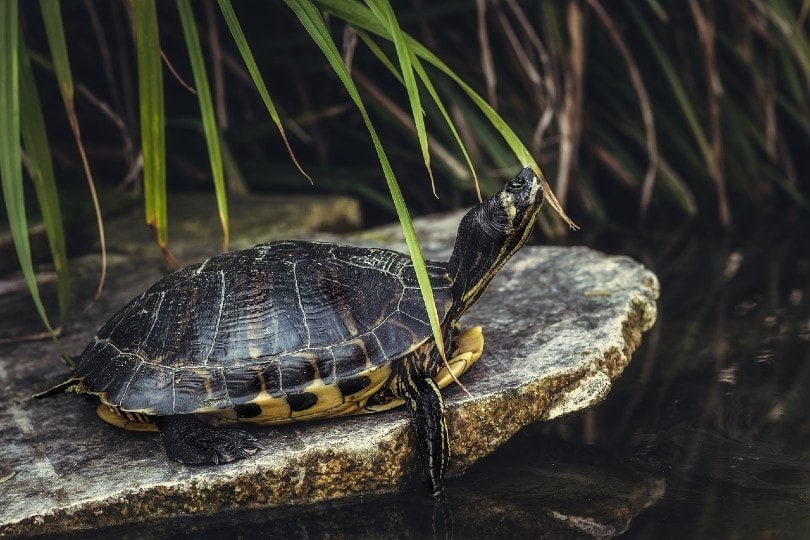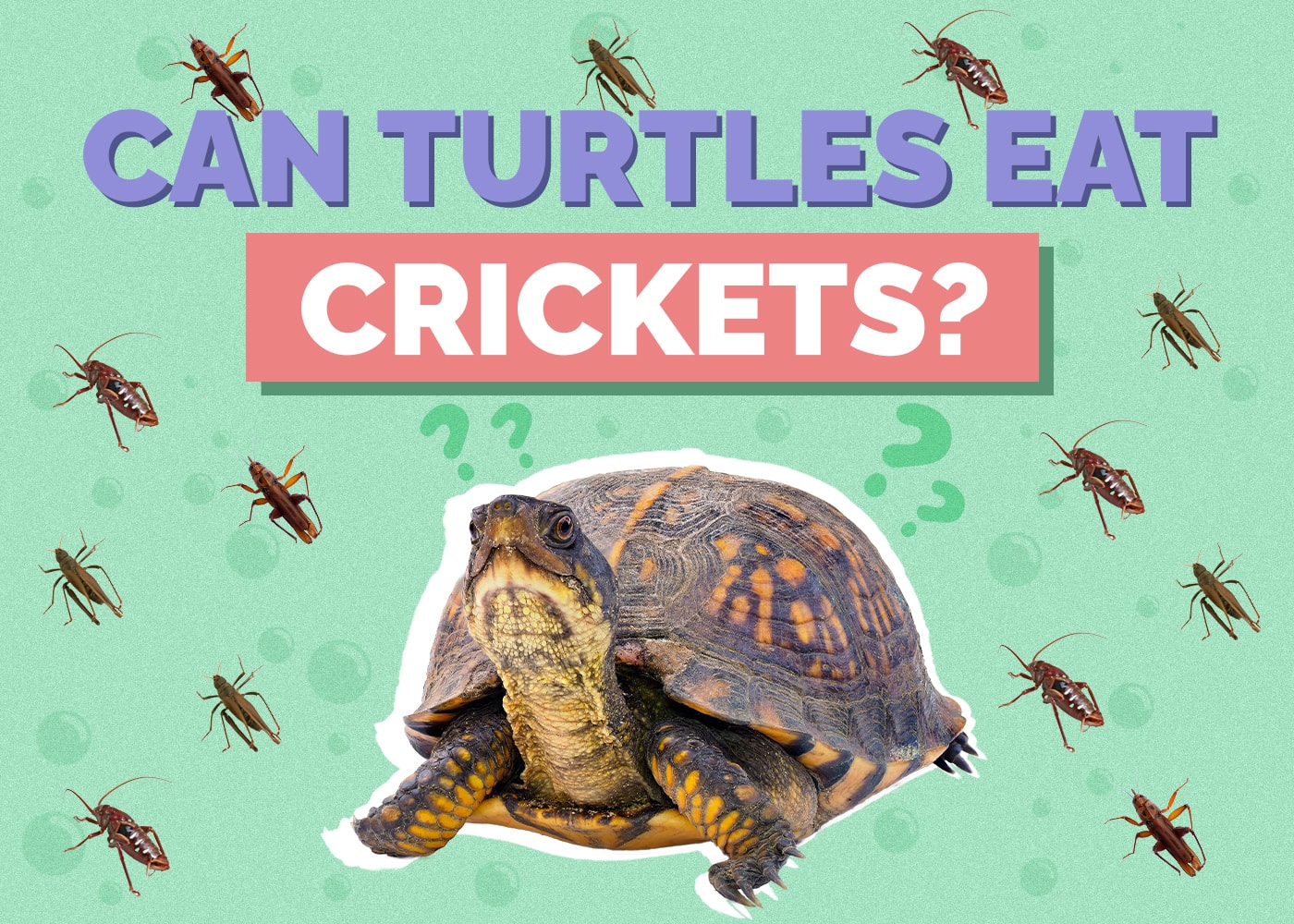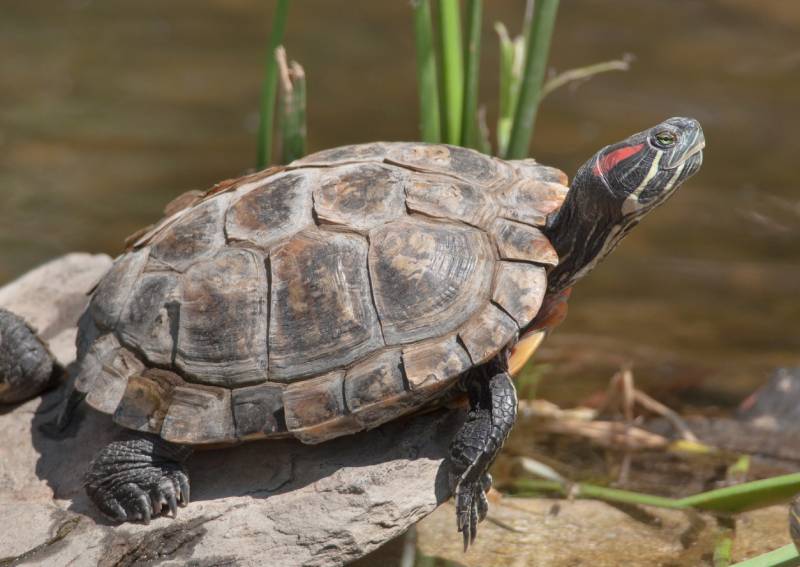10 Best Substrates for Russian Tortoises – 2024 Reviews & Top Picks
Updated on
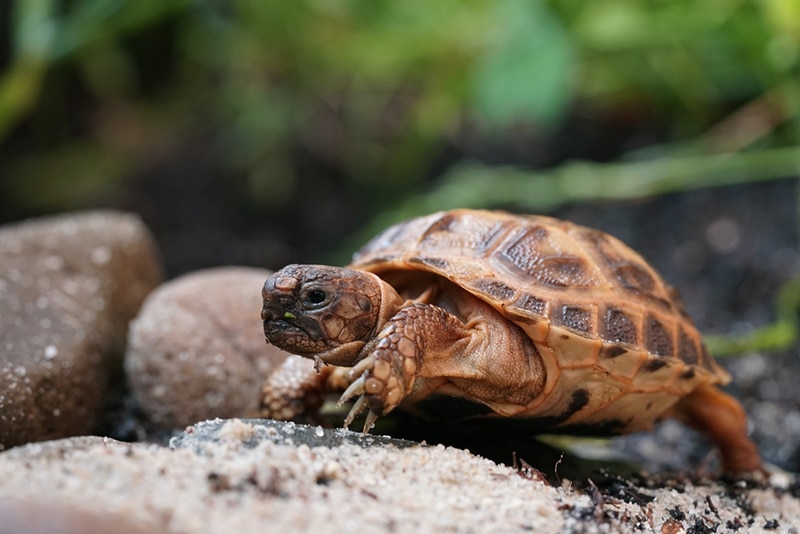
Choosing the best substrate is vital for your Russian Tortoise’s health. The wrong substrate can make your turtle uncomfortable—or worse. Not all substrates sold for other reptiles are safe for Russian Tortoises, so it’s important to research all your options carefully.
Of course, the same substrate doesn’t work for everyone. There are tons of factors involved, such as the age of your tortoise and your preferences.
We’ve included several options below so that you can choose the best one for you and your reptile companion. You’ll find a review of each option, as well as a complete buyer’s guide to help you select the best option.

A Quick Comparison of Our Favorites in 2024
| Rating | Image | Product | Details | |
|---|---|---|---|---|
| Best Overall |
 |
Frisco Coco Coir Reptile Bedding |
|
Check Price |
| Best Value |

|
Zoo Med Eco Earth Loose Coconut Fiber |
|
Check Price |

|
Frisco Cypress Reptile Bedding |
|
Check Price | |

|
Galapagos Cypress Tank Mulch |
|
Check Price | |

|
Exoticare Bioforest Cypress & Coco Husk Blend |
|
Check Price |
The 10 Best Substrates for Russian Tortoises
1. Frisco Coco Coir Reptile Bedding – Best Overall

| Type: | Coco Coir |
| Size: | 24 quarts |
The Frisco Coco Coir Reptile Bedding is an inexpensive, high-quality coco coir bedding that’s designed explicitly for reptiles like the Russian Tortoise. This material is easily the best overall substrate for Russian Tortoises due to its soft, comfortable texture. It retains water well, which helps increase the humidity in your tortoise’s tank. We all know how hard maintaining the right humidity can be, so having a substrate that provides a helping hand can be essential.
We love that this substrate is sieved to remove excess dust. It won’t create a dust bomb when you pour it, and you won’t have to worry about your tortoise breathing in dust constantly. The bag is completely resealable, so you can save the extra for substrate changes.
This material is even made in the USA, though the materials are sourced globally. This substrate isn’t the best for larger tortoises, though. In that case, we recommend a cypress bark substrate, which we’ve included in this list, as well.
- Retains water well to increase humidity
- Soft and comfortable
- Sieved to remove excessive dust
- Resealable bag
- Not the best for larger tortoises
2. Zoo Med Eco Earth Loose Coconut Fiber– Best Value
| Type: | Coco Coir |
| Size: | 8 quarts |
If you’re looking for something a bit cheaper, you may want to consider the Zoo Med Eco Earth Loose Coconut Fiber. This material is coco coir, which is the same as our top pick. The bag just uses the term “coconut fiber” instead. It’s perfect for more naturalistic setups for reptiles of all kinds, including the Russian Tortoise. It’s made with renewable, eco-friendly materials that can be composted.
Because it absorbs water, you can use it to help control the humidity in your tank, which is always a plus. For the most part, this bag is exactly the same as our top pick. However, it is the best substrate for Russian Tortoises for the money due to its lower price.
This material is very fine, which may be a downside. It can be messy and be tracked around, especially if your tortoise comes out of the tank often. Plus, its fine texture can also make it dusty. It doesn’t appear to be sieved like our top pick.
- Inexpensive
- Made of coco coir
- Retains water
- Eco-friendly
- Dusty
3. Frisco Cypress Reptile Bedding – Premium Choice
| Type: | Cypress Mulch |
| Size: | 24 quarts |
Cypress bedding, like the Frisco Cypress Reptile Bedding, works great for larger Russian Tortoises. However, it is slightly more expensive than other substrates, though you’ll likely only end up paying a few extra dollars for a 24-quart bag.
This bedding is completely natural and safe for tortoises. It can help increase the tank’s humidity level, as it holds moisture well. It comes in a resealable bag that helps keep the bedding fresh. Therefore, you can safely purchase in bulk for extra savings without worrying about the bedding drying out or rotting.
This bedding can easily be changed and gives off a nice aroma—the only significant downside is the price.
- Natural and safe
- Increases humidity levels
- Large resealable bag
- Easy to change
- Expensive
4. Galapagos Cypress Tank Mulch
| Type: | Cypress Mulch |
| Size: | 8 quarts |
We also like the Galapagos Cypress Tank Mulch, especially for larger Russian Tortoises. It is extremely absorbent, helping control the humidity and keep your turtle healthy. This particular mulch is smaller than most other products. While this is great for comfort, it does make it a bit messier. The smaller pieces tend to track more.
This mulch is sustainable, as it’s a product from the timber industry. Therefore, it’s one of the more eco-friendly options you can choose.
It’s completely free of salt chemicals, oils, and parasites. Because it’s specifically made for reptiles, you can rest assured that it’s safe for your tortoise. It’s washed and sieved to remove the tiny particles (like dust). Therefore, it’s largely dust-free.
- Sieved and washed
- Very sustainable
- Free of chemicals and oils
- Improves humidity
- Fairly expensive
5. Exoticare Bioforest Cypress & Coco Husk Blend

| Type: | Coco Coir and Cypress |
| Size: | 3 pounds |
As the name suggests, the Exoticare Bioforest Cypress & Coco Husk Blend is made from coconut husk chips, cypress mulch, and topsoil. It’s a great blend for those with Russian Tortoises, as all these ingredients are safe. It works well for those that have found other substrates simply don’t work. If you need to fine-tune your humidity, it works well, too.
It’s all-natural, organic, and ready to use. It’s one of the best substrates on the market and a great option for those that like to grow things inside their tank. However, it is very expensive. You’re going to pay a lot more for this substrate than others on this list. Therefore, despite it being perfect for Russian Tortoises, it is lower on our list.
- Great mixture of ingredients
- All-natural and organic
- Ready to use right out of the bag
- Expensive
6. Zoo Med Eco Earth Compressed Coconut Fiber

| Type: | Coco Coir |
| Size: | Compressed |
Compared to other substrates we’ve reviewed, the Zoo Med Eco Earth Compressed Coconut Fiber is a little different because it is compressed. Therefore, it must be dampened to expand to its full size. It’s perfect when you need to keep the humidity higher than is usually possible with other substrates. It naturally absorbs moisture and retains it well.
Of course, this substrate is also easier to store. Therefore, you can shop for deals and store more at a time. However, this benefit probably won’t be a huge deal to most people. This substrate is made from an eco-friendly, renewable resource. It can be safely composted and recycled in most cases. It’s basically the same as the loose coconut fiber substrate by the same brand we reviewed above, but it is compressed.
That said, the fact that you have to get it wet for it to work is a little counterintuitive. In some cases, it may make the humidity too high for your tortoise.
- Compressed to take up less space
- Eco-friendly and renewable
- Helps maintain humidity
- Must be dampened to expand
7. Exo Terra Coco Husk Brick
| Type: | Coco Coir |
| Size: | Compressed |
The Exo Terra Coco Husk Brick is very similar to the previous substrate we reviewed. However, it is more expensive, and you aren’t getting any other features for the elevated cost. Therefore, it ended up lower on our list solely because of the higher price tag.
Besides that, though, this substrate is wonderful. It can safely increase the humidity in a tank if you’re having trouble keeping it high enough. It’s very soft, making it a comfortable choice for your tortoise. This substrate is 100% natural and perfect for more naturalistic setups. It’s absorbent and naturally bacteria-resistant.
We didn’t like how large the chunks were on this substrate. It can make it more challenging for small tortoises to move around efficiently. It’s much more “mulch-like” than the others we’ve reviewed above.
- Increases humidity
- 100% natural
- Very soft
- Very large chunks
- Expensive
8. Reptile Prime Coconut Fiber Reptile Substrate
| Type: | Coco Coir |
| Size: | 24 quarts |
For the most part, the Reptile Prime Coconut Fiber Reptile Substrate is just like any other coco coir substrate. It’s perfect for Russian Tortoises of all sorts and comes ready to use right out of the bag. It’s sieved to remove much of the dust, so you don’t have to worry about all the health problems that come with a high dust content.
Like most substrates, this one naturally holds water and increases humidity. If you have trouble keeping the humidity high enough, this substrate is a fine choice. It can also help eliminate smells, as it can soak up waste naturally. You can use this substrate dry or damp, depending on the humidity in your area.
That said, this substrate seems to be much drier than other coco-coir substrates. You’ll need to wet it often, as it is very fine and doesn’t hold moisture as well. This isn’t necessarily a bad thing, but it can be if you need to increase humidity.
- Very small pieces
- Low-dust
- Helps eliminate smells
- Much drier than other coconut fiber substrates
- Reports of mites
9. Exo Terra Plantation Soil Brick
| Type: | Soil |
| Size: | Compressed |
Some people recommend soil for your Russian Tortoise, like the Exo Terra Plantation Soil Brick. This may work well on some occasions. However, soil tracks very easily, can stick to food items, and can be an irritant. Your tortoise can get it in their eye, for instance.
If you do decide to use soil, this substrate is a great option. It can be used to grow things and is ideal for natural terrarium setups. It stimulates natural behaviors, as it is a natural substrate.
The compressed bricks are easy to use. They do need to be wettened, though, which can be a negative if you don’t need much-added humidity.
- Can be used to grow plants
- All-natural
- Not the best substrate material
- Must be wettened
10. Exo Terra Desert Sand Reptile Substrate
| Type: | Sand |
| Size: | 10 pounds |
You’ll find many people recommend sand for a Russian tortoise. However, it’s an irritant and can even cause blockages if ingested. We don’t typically recommend it unless you’re using it for a small section of your tortoise enclosure or mixing it in with soil.
That said, if you live in a high-humidity environment, you may be forced to use sand or a similar substrate. Russian tortoises don’t need that high of humidity and can experience health issues if their tank’s humidity gets too high.
This sand is real and natural. It is one of the best sand substrates out there (it’s just that we generally don’t recommend sand substrates). It provides excellent heat conduction, so it works well in colder regions where you need to keep your tortoise extra warm.
- Has been sifted to remove impurities
- Can keep humidity low
- Real and natural
- Sand can be an irritant
- Expensive

Buyer’s Guide – How to Choose the Best Substrate for Russian Tortoises
There are several things you need to consider when choosing a substrate for your Russian Tortoise. Not all substrates are made equal or are even safe! In this section, we’ll look at the most important facts you need to keep in mind.
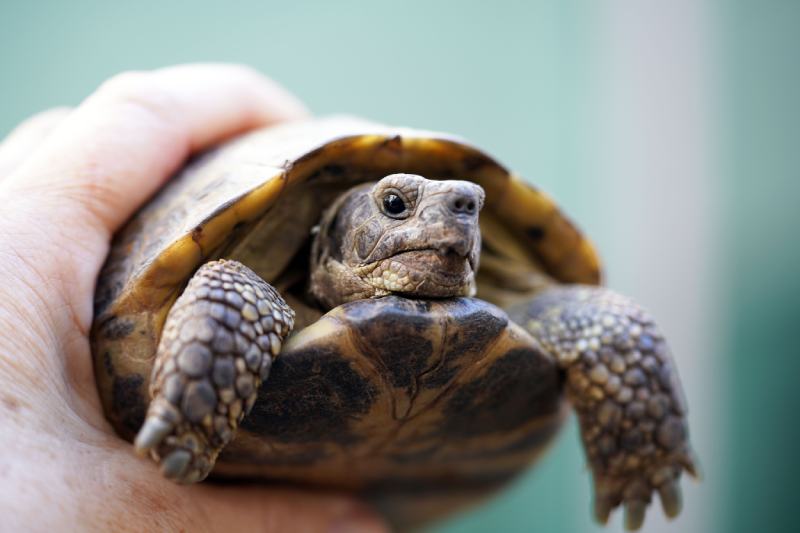
Natural
You want the substrate to mirror where the tortoise would live in the wild. In the wild, these tortoises are found in arid, desert-like regions with loose, sandy, or sandy-loamy soil. They are excellent diggers and burrowers, using the substrate to regulate their body temperature and escape extreme weather conditions. Selecting a substrate that closely resembles their natural environment allows them to exhibit their natural behaviors.
You might imagine that this means choosing soil or sand. However, this isn’t always the case.
Absorbency and Humidity Control
Although Russian Tortoises come from arid regions, they still require access to a humid microclimate in their enclosure, especially during the nighttime. The substrate should have adequate moisture absorbency to help maintain the proper humidity levels required for their health.
However, it is essential to strike the right balance; the substrate should not become excessively damp or retain too much moisture, as this can lead to shell and respiratory issues. The normal humidity of your area matters, as it will determine whether you need to add or take away humidity from your tortoise’s enclosure.
Choose a substrate that’s either water-retaining and moist or one that’s dry, depending on your needs.
Safety
You’ll need to ensure that your chosen substrate is non-toxic and safe for your Russian Tortoise. Avoid substrates made from cedar, pine, or other aromatic woods, as they may release harmful chemicals and cause respiratory issues. Natural and organic substrates like coconut coir, orchid bark, or cypress mulch are safer options.
Additionally, check for any sharp or abrasive particles that may cause injury to the tortoise’s soft underbelly.

Dust-Free
We all know that breathing in tons of dust isn’t safe. Russian Tortoises can develop respiratory problems if they continuously breathe in dust, so it’s important to choose a low-dust option. Choose a substrate that has been sieved and washed to reduce the risk of respiratory problems.
A dust-free substrate is also safer for you. Lots of dust will be released when you pour the substrate in, and you’ll be the one breathing it in.
Ease of Cleaning and Maintenance
You’ll need to clean the substrate regularly to ensure it’s safe for your tortoise. A dirty habitat can cause all sorts of health problems, after all.
Selecting a substrate that is easy to clean and maintain will make your job much more manageable. Some substrates can be spot-cleaned, while others may require complete replacement at regular intervals.
Digestibility
Many Russian Tortoises will accidentally consume their substrate—at least a little bit. They like to explore their environment with their mouth, and eating will often involve accidentally consuming some substrate.
Therefore, it’s vital that the substrate is safe to consume and even a little bit digestible. This is where sand gets potentially dangerous, as it isn’t safe for tortoises to consume at all. Large particle sizes can also be troublesome, as they can get stuck in the tortoise’s intestines and cause blockages. Of course, size is subjective, so it will depend on the size of your tortoise.
Smaller tortoises need a smaller substrate, while larger tortoises may do better with larger pieces.
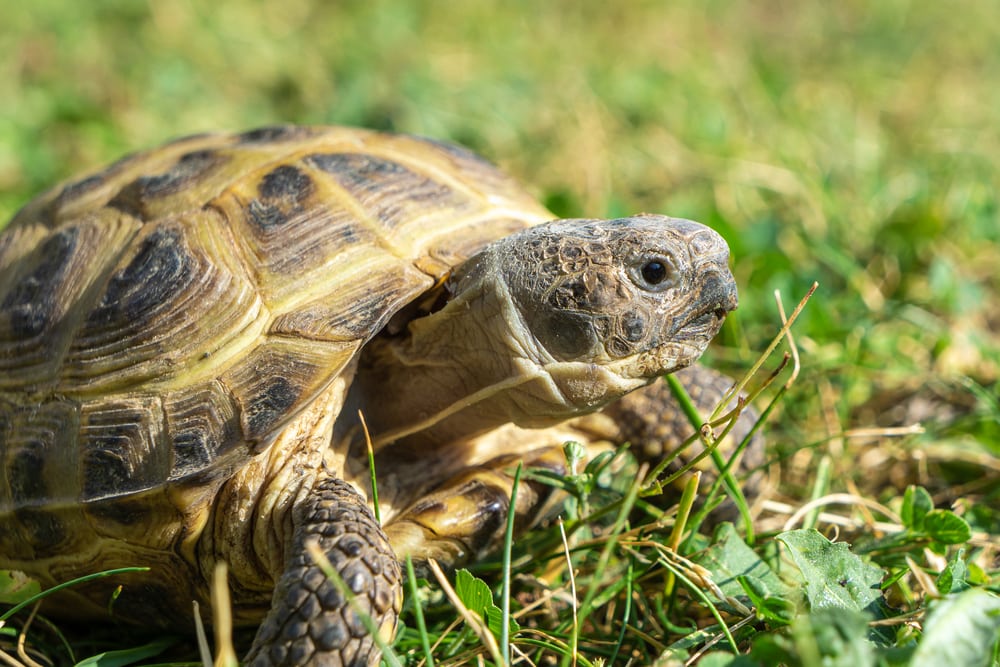
Digging
Russian Tortoises like to dig and burrow. Therefore, it’s important that the substrate allows them to do this. It’s important that it is somewhat deep and holds its shape well enough to allow digging. While this isn’t necessarily as important as safety, it can play a huge role in how much your tortoise likes the substrate.
Cost
We would all like the cost to not play a factor. However, it absolutely does, even if you aren’t on a strict budget. There are many substrate brands out there, but the substrate doesn’t usually differ that much from brand to brand. Therefore, purchasing generic substrate is often a solid option, as it’s cheaper and often the same quality.
Don’t feel the need to purchase an expensive brand just because it costs more. Often, you aren’t getting many added benefits.
Common Substrates Used for Russian Tortoises
So, what materials are safe for Russian Tortoises, and which one should you select for your tortoise?
There are a few fairly common substrates that are often suggested for these tortoises. Here are our favorites, listed from best to worst:
- Coconut Coir: Coconut coir, derived from the fibrous outer husk of coconuts, is a popular and natural substrate choice for Russian Tortoises. It offers good moisture absorbency, is dust-free, and mimics the texture of their natural environment. Coconut coir is renewable and environmentally friendly, making it an eco-conscious choice.
- Cypress Mulch: Cypress mulch is a natural and attractive substrate option. It provides a soft surface for tortoises to explore and dig, but care should be taken to select a product without added chemicals or preservatives. Mulch often works better for larger tortoises, as it often has larger pieces.
- Orchid Bark: Orchid bark is another natural substrate option that closely resembles the Russian Tortoise’s natural habitat. It provides a natural look and feel and is available in various particle sizes. Ensure that the bark pieces are large enough to prevent ingestion by the tortoise. This substrate is a bit harder to find and can be more expensive.
- Sand: Sand, when appropriately selected, can replicate the sandy soil found in the tortoise’s native habitat. Choose sand that is free from additives and clumps when wet. Coarser sand varieties are preferable to finer ones to prevent the risk of ingestion and impaction. We don’t recommend sand as much as other options, as it does carry an irritation risk with it.
- Topsoil and Potting Mix: A mixture of topsoil and potting mix can be suitable for Russian Tortoises, especially if it contains organic and natural components. This mixture provides a soft texture for digging and burrowing while maintaining proper humidity levels.
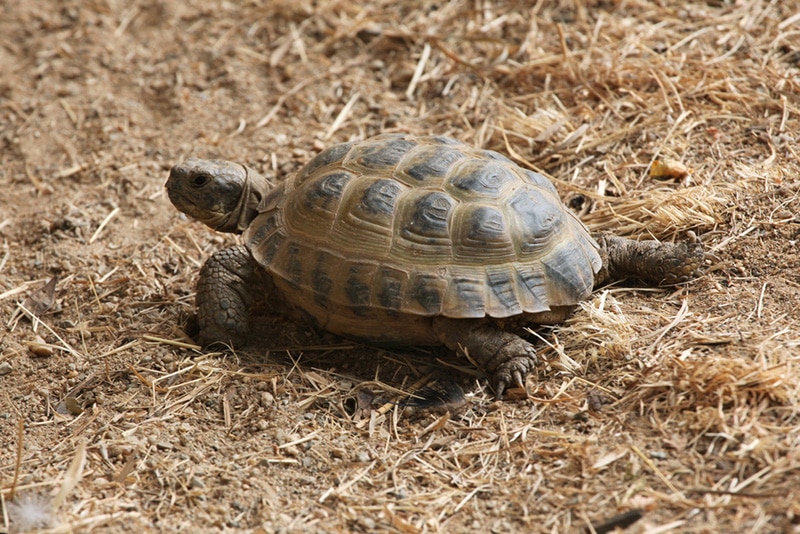

Conclusion
There are many substrates available for Russian Tortoises, but not all of them are safe or suitable. We highly recommend coconut coir substrate, which typically works best. Our favorite is Frisco Coco Coir Reptile Bedding, as it is cheaper than most and sifted to remove excessive dust.
We also like the Zoo Med Eco Earth Loose Coconut Fiber, which is a little bit cheaper and comes in a smaller bag. For smaller habitats, this smaller option may be your best bet. For larger tortoises, the Frisco Cypress Reptile Bedding is a solid option. It’s a bit more expensive, but the larger size works well for bigger tortoises.
Hopefully, one of the substrates on this list works well for your tortoise.
Featured Image Credit to: TadeasH, Shutterstock







